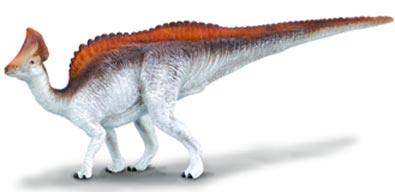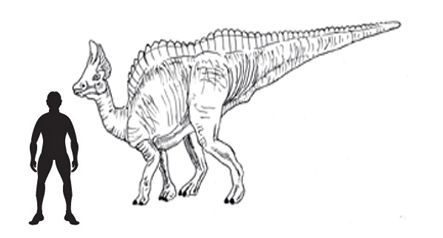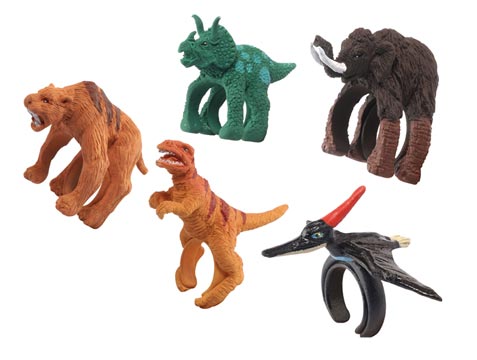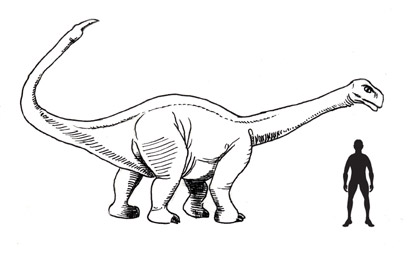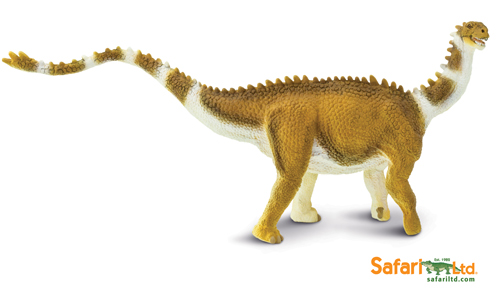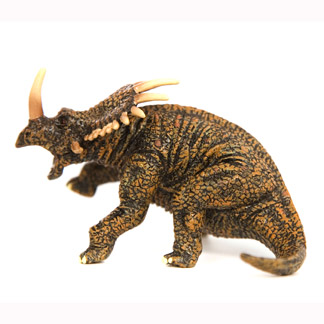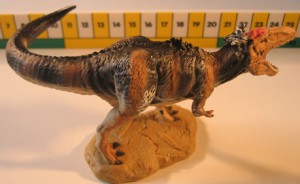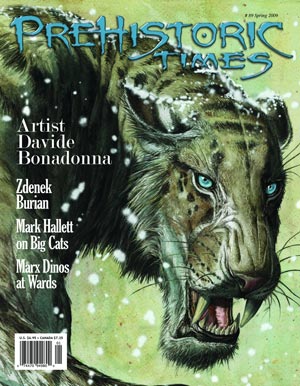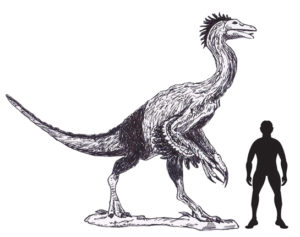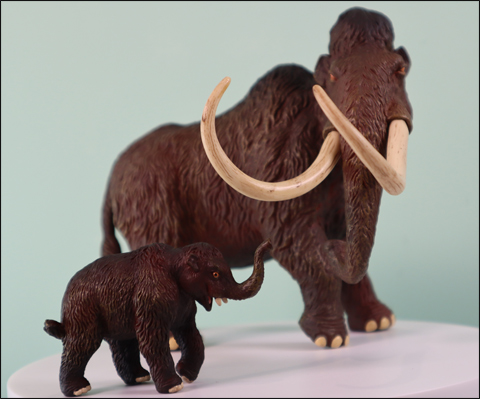Cretaceous Extinction Event – Further Evidence
Researchers examine evidence associated with the Cretaceous mass extinction.
A team of American and Swiss based scientists have added to the debate regarding the demise of the dinosaurs, an extinction event that heralded the start of the Cenozoic. The reasons why the mass extinction event occurred approximately 66 million years ago, have been debated for many years by scientists. It had been thought that a large extra-terrestrial object crashed into the Earth and this disaster ended the Age of Reptiles. Evidence for this theory, an enormous impact crater was found in the Yucatan peninsula in Mexico.
The impact theory of extinction is most widely associated with Luis and Walter Alvarez, an American father and son team who, in 1980 announced the discovery of a global layer of iridium enriched clay sediment present in rocks dating to 66 million years ago. They argued that the iridium, a rare Earth element, was deposited due to the impact of a meteorite or asteroid. The discovery of the Yucatan crater was evidence of the “smoking gun” that added impetus to their theory.
To read an article on the Yucatan crater: Geologists get to the bottom of the Yucatan Crater.
Cretaceous Mass Extinction
In new research, published by the scientists from Princeton University, New Jersey and their colleagues from Lausanne (Switzerland), it is claimed that the impact event strata show little sign of species decline, but extinction events did occur approximately 300,000 years after the impact. In a scientific paper published in the Journal of the Geological Society, the theory that the catastrophic impact of the extra-terrestrial body wiped out many hundreds of genera in a few days or weeks is challenged.
Commenting on the team’s findings, Gerta Keller (Professor of Geosciences at Princeton University) stated:
“We found that not a single species went extinct as a result of the Chicxulub impact”.
Calling their results “astonishing” the team have questioned the accepted scientific thinking with regards to the Cretaceous extinction.
The research team studied sediments that were linked to the time of the mass extinction event and discovered that they were laid down later than the sediments that are associated with the meteor or asteroid impact. Their work indicates that the asteroid or meteor impact may not be directly linked to the mass extinction – a time on Earth when an estimated 65% of all life forms, including the dinosaurs, ammonites, marine reptiles and pterosaurs became extinct.
Everything Dinosaur stocks a wide range of dinosaur, ammonite, marine reptile and pterosaur models and figures: Prehistoric Animal Models and Figures.
Examining Sediments
Examination of the sediments that separate the extinction strata and the layer of clay saturated with iridium were characteristic of normal geologic sedimentation over a long period of time, perhaps 300,000 years or so. The team have challenged the scientific supposition that the sediments in the immediate vicinity of the impact strata were rapidly deposited and are the results of earthquakes and tsunamis, as the world literally rocked after the huge impact.
The team’s research suggests that the Yucatan peninsula impact was not a blow to species diversity, while the event thousands of years later may have killed 31 out of 44 species recorded at the Mexican research site.
A number of theories have been put forward to try to explain the Cretaceous mass extinction, some of them wildly imaginative to say the least. For example, it has been suggested that the dinosaurs and other large animals were hunted to extinction by aliens visiting Earth.
A more likely candidate and probably a strong contender, is the evidence of massive volcanic eruptions on the Indian sub-continent. The deposits of basaltic lava, known as the Deccan Traps are evidence of huge volcanic activity that lasted for millions of years. The enormous amounts of ash, gas and debris thrown up into the atmosphere would have had a dramatic effect on global climate.
One of the research team stated:
“The impact-kill theory is beautiful in its simplicity, the ground truth, the data that supports the impact theory at the same time refutes it, the theory is messy and complicated by normal geological processes”.
Much like the aftershocks from a meteor impact, the debate between scientists as to the cause of the Cretaceous mass extinction is going to rumble on. In truth, a number of factors could have contributed to the extinctions, not just a single catastrophic event.
To read more about the Deccan Traps: Asteroid Impact Theory Challenged – Blame the Deccan Traps.
To view on article on the impact theory: Sulphureous Skies Linked to Mass Extinction.
